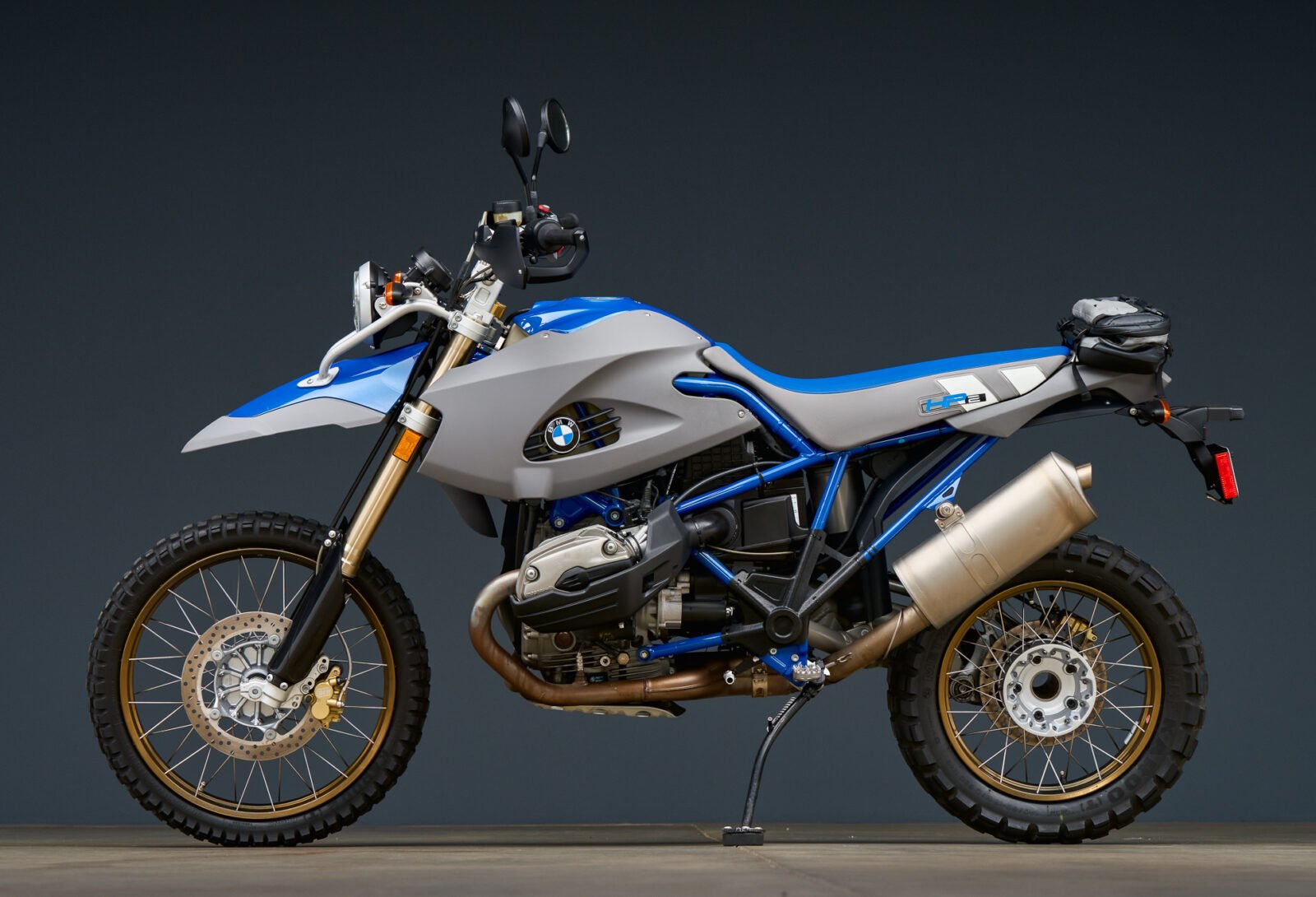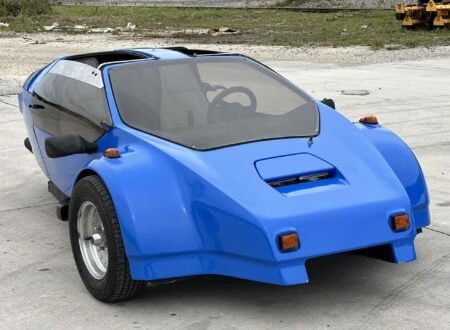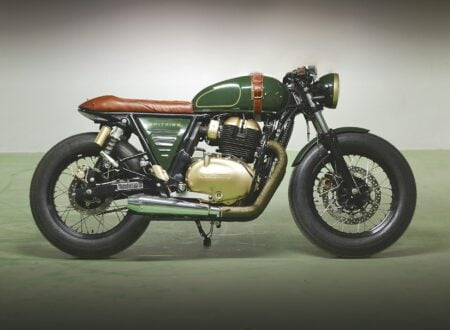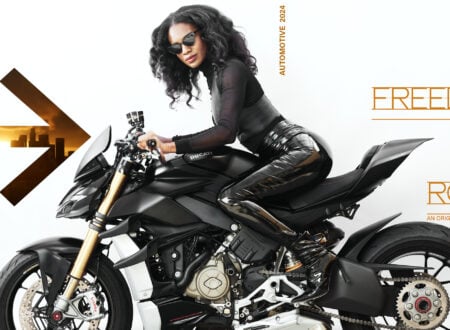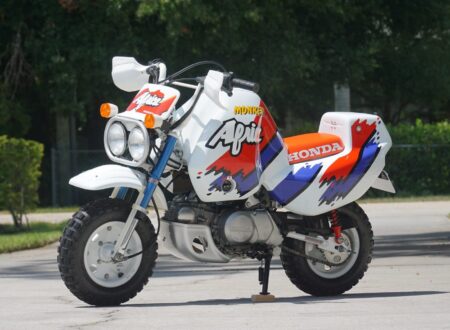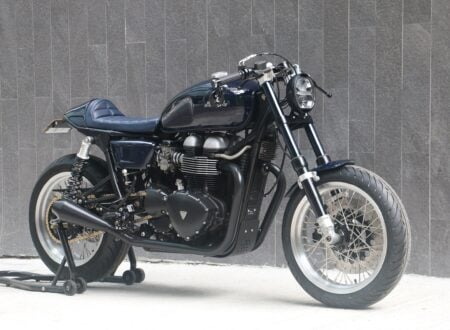The BMW HP2 Enduro was a motorcycle that seemingly appeared out of left field, remained in production for just three short years, and then disappeared.
In some respects the BMW HP2 Enduro was a message from the company’s engineers, showing us they could build a lightweight adventure bike that everyone loved, though BMW would then sell it at a price point so high very few could afford it.
Fast Facts – The BMW HP2 Enduro
- The BMW HP2 Enduro was introduced in 2005 as part of BMW’s High Performance (HP) motorcycle series, aimed at providing a premium and high-performance off-road riding experience. It was developed to show what the R1200GS engine was capable of, if place in a new advanced off-road platform.
- HP2 Enduro featured a unique tubular steel frame, fully adjustable front and rear suspension, and large wheels with knobby tires designed for true dual-sport use. This, combined with its relatively low dry weight of 175 kgs (385 lbs), made it a formidable bike in mixed conditions.
- The HP2 Enduro was fitted with a 1170 cc air/oil-cooled flat-twin (Boxer) engine, sourced directly from the R1200GS but tuned for additional performance. It delivered 105 bhp and 85 lb ft of torque.
- In BMW’s own description of the bike they note that it was developed as a modern version of the first adventure bike – the BMW R80G/S of 1980.
Building A Modern R80G/S
The BMW R80G/S is considered by many to be the origin of species of the adventure bike genre. It was developed by a Skunk Works team at the German motorcycle manufacturer in the 1970s, and it shocked many when it went on to win the Paris-Dakar Rally in 1981, 1983, 1984, and 1985.
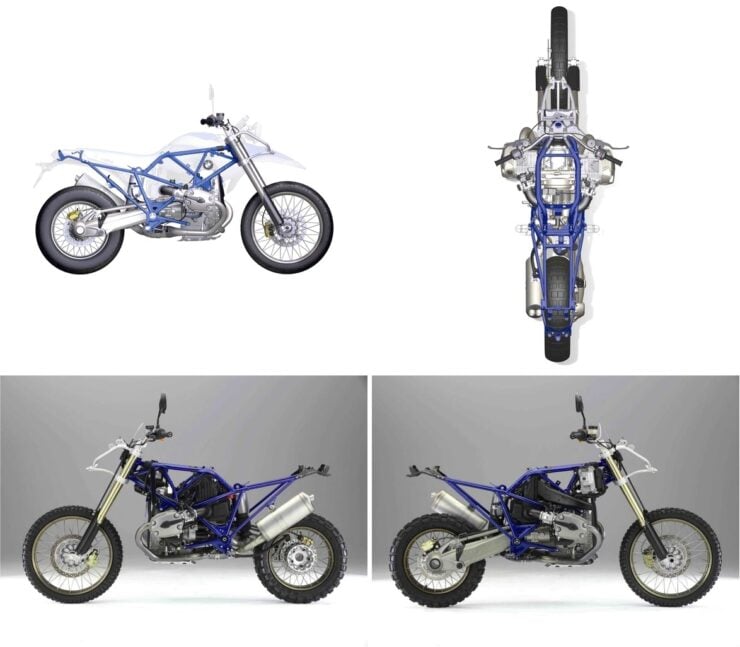

The R80G/S was succeeded by the R100GS in 1986, a motorcycle that was a little heavier and a little more road-biased in its design. This trend towards more weight and more of a focus on road riding would continue with the GS model line over the following years.
By the early 2000s many felt that the BMW GS series had lost much of their original DNA. The bikes were now far heavier, larger, and more complex – making them genuinely challenging to ride in technical off-road terrain.
It was around this time that another Skunk Works team at BMW started work on the motorcycle that would become the HP2 Enduro. This would be a motorcycle based on the BMW R1200GS powertrain that was far lighter and more nimble – and an order of magnitude better when the asphalt turns to dirt.
Amazingly, their project received the green light for production, but it was immediately hamstrung by an exorbitant MSRP – to was priced around $20,000 USD depending on your location. Much more than a comparable R1200GS and far too expensive for all but the wealthiest of riders.
The BMW HP2 Enduro
The production version of the BMW HP2 Enduro kept the heart of the then-in-production BMW R1200GS – the engine and driveline, but it removed almost everything else.
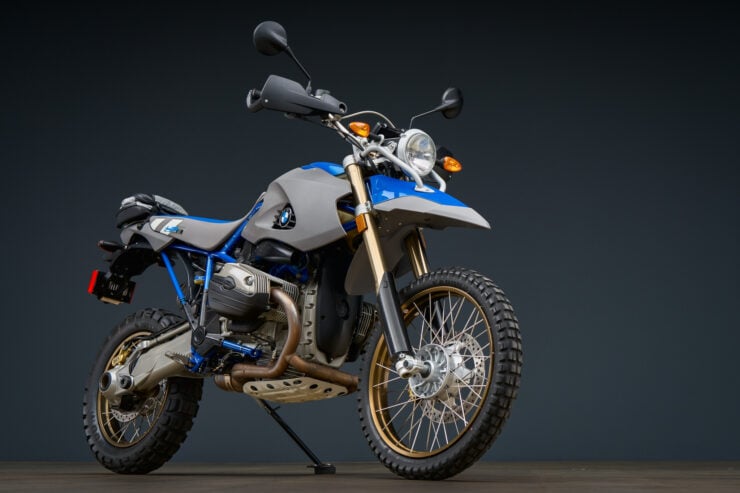

A new tubular steel trellis frame was developed that was both stiffer and lighter than the R1200GS frame.
The distinctive A-arm Telelever suspension of the GS family was also gone, replaced by lightweight and slightly more conventional WP upside-down telescopic forks.
Unusually, the HP2 Enduro was fitted with an air monoshock in the rear that was co-developed with Germany’s Continental Automotive Systems. It contains no oil and no spring and is said to resist heat fade far better than a normal oil-filled monoshock.
This air monoshock could be quickly adjusted thanks to an onboard hand-pump that allowed the shock stiffness to be increased or decreased as the terrain demanded.
Suspension travel was 10.6 inches up front and 9.8 inches in the rear, both industry leading figures for the time and still notably better than the brand-new R1300GS which has 7.5 inches up front and 7.9 inches in the rear.
The lightly modified 1170 cc air/oil-cooled flat-twin from the R1200GS was producing 105 horsepower at the crank along with a hefty 85 lb ft of torque by the time it made it into the frame of the HP2 Enduro.
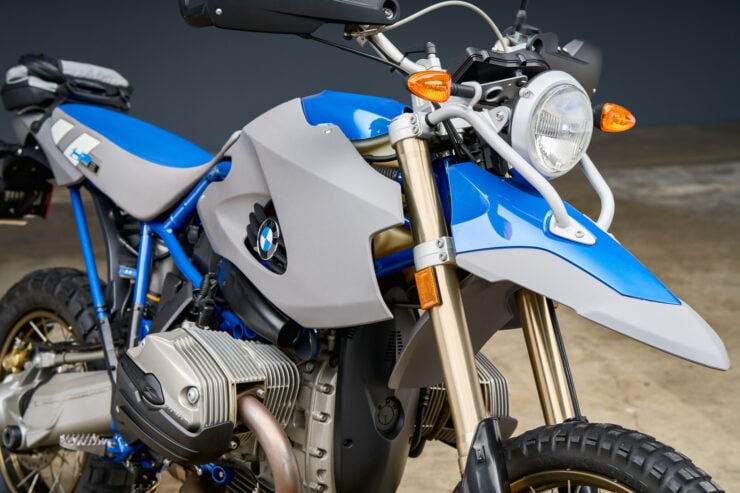

Given the motorcycle’s dry weight of just 175 kgs (385 lbs) it had a power-to-weight ratio that many far more modern adventure bikes would kill for.
There are some who argue that the HP2 Enduro wasn’t a true adventure bike as it lacked long-range fuel capacity or pannier luggage, but BMW did offer a specially made tank bag and a luggage-rack duffel bag – so they must have had some inkling that people would take the bike touring.
Ultimately the HP2 Enduro would only remain in production from 2005 to 2008 with 2,910 made in total. The bike would almost certainly have sold in far higher numbers with a more reasonable MSRP and a little more fuel capacity. But it wasn’t to be.
“All the experience that BMW Motorrad gathered with the GS in offroad sport and in rallys like the Paris-Dakar are now flowing into a new project: the HP2 Enduro. HP stands for High Performance, the 2 stands for the number of cylinders of the Boxer engine, Enduro is self-explanatory. In 2005, the standard machine built in Berlin entered the market – and set the trend.” – BMW Motorrad
On the secondhand market the surviving examples are now highly sought after, with many using them as highly-capable adventure bikes that can run rings around far more modern (and far heavier) machinery.
The trend of adventure bikes getting heavier and heavier continued after the development of the HP2 Enduro, although it’s a trend that now seems to be slowly reversing – the current BMW R1300GS is 26 pounds (12 kgs) lighter than the outgoing model, though it does still have a portly dry weight of 523 pounds (237 kgs).
The 2006 BMW HP2 Enduro Shown Here
The motorcycle you see in this article is a one-owner 2006 BMW HP2 Enduro with startlingly low-mileage – just 7,000 miles are shown on the odometer.
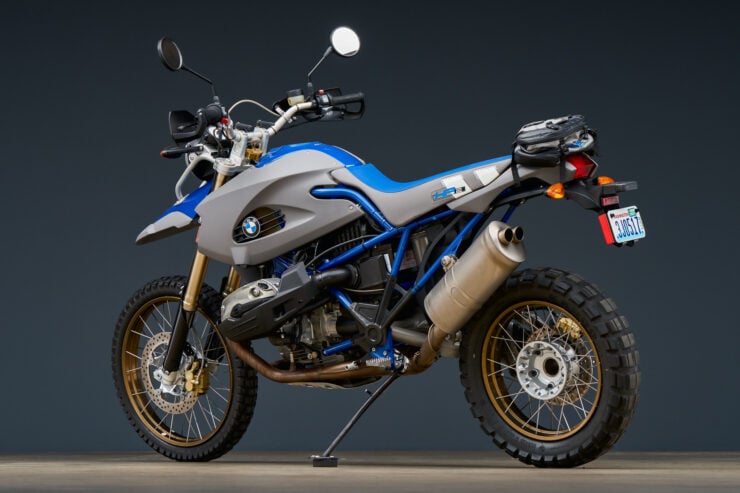

It’s finished in blue and grey, and its been fitted with headlight and rear-axle guards, an HP2-branded tail bag, a skid plate, and a height-adjustable foot brake lever.
The bike is fitted with Metzeler MCE Karoo dual-sport tires and importantly it retains its original suspension, with WP upside-down telescopic forks up front and the Continental Automotive Systems air monoshock in the rear.
The bike is now being sold on dealer consignment with a clean Washington State title in the owner’s name on Bring a Trailer. If you’d like to read more about it or register to bid you can visit the listing here.
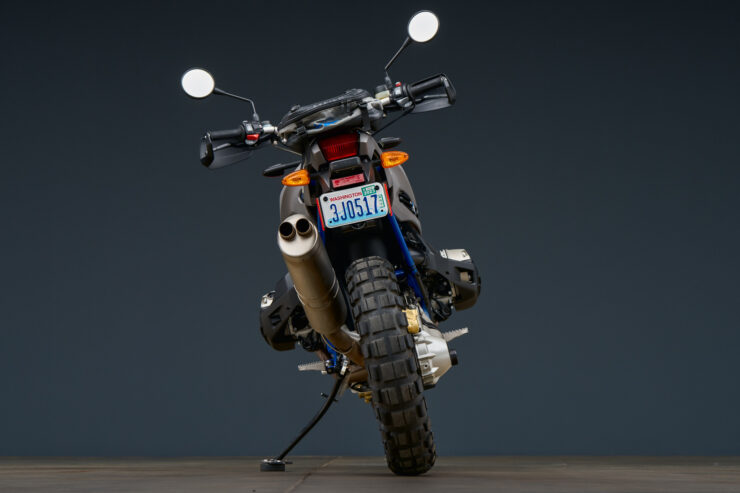
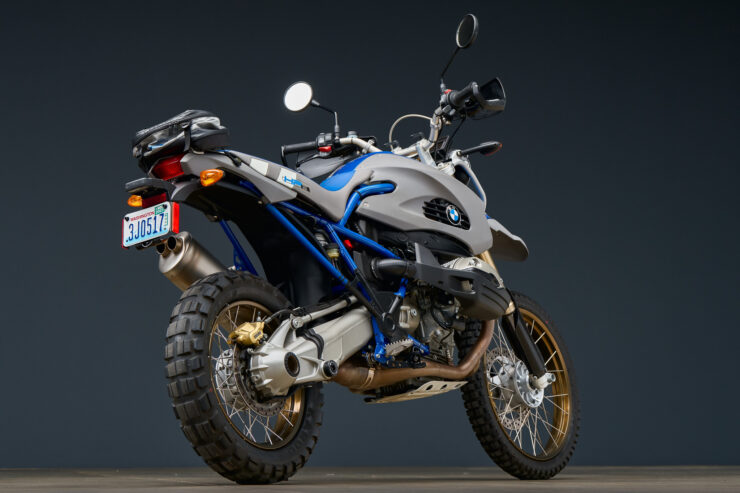
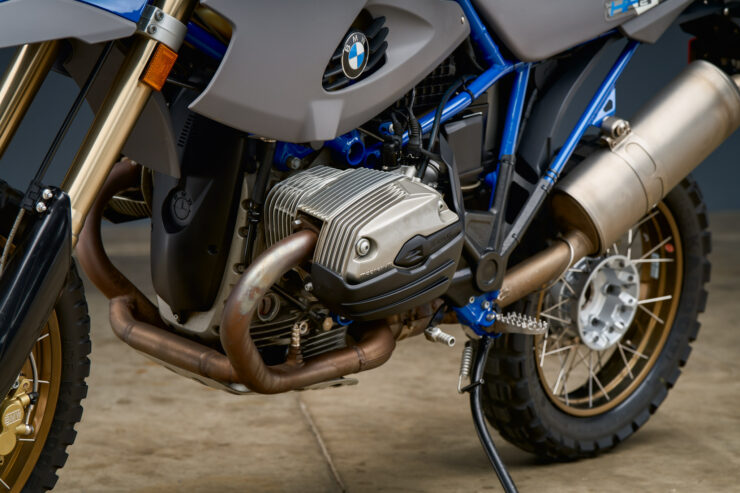
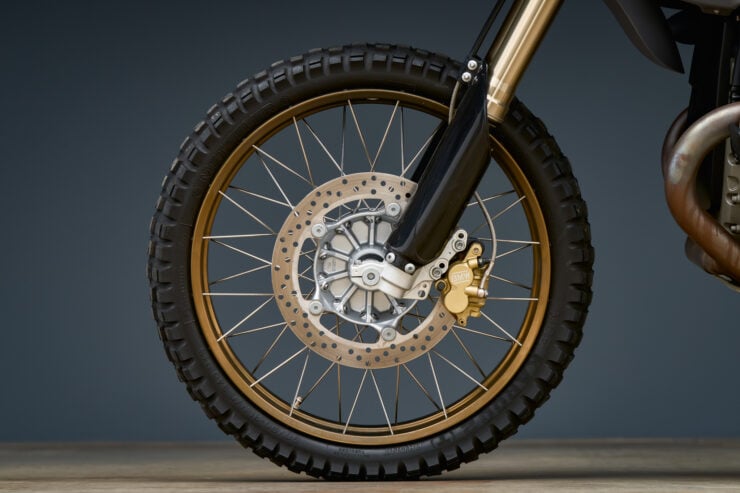
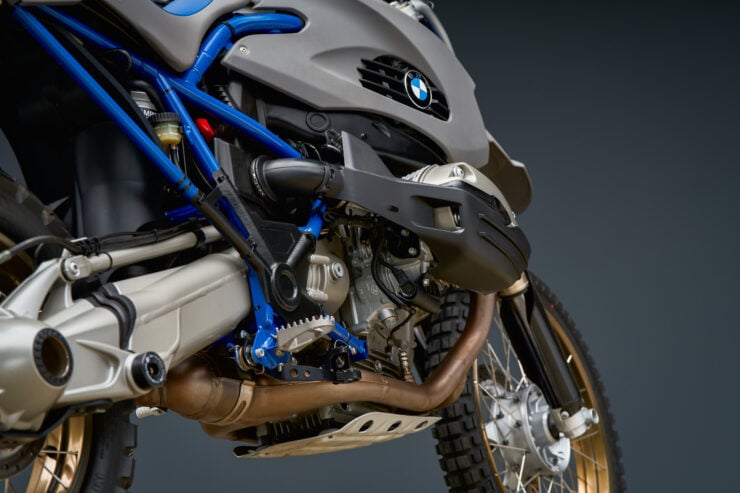
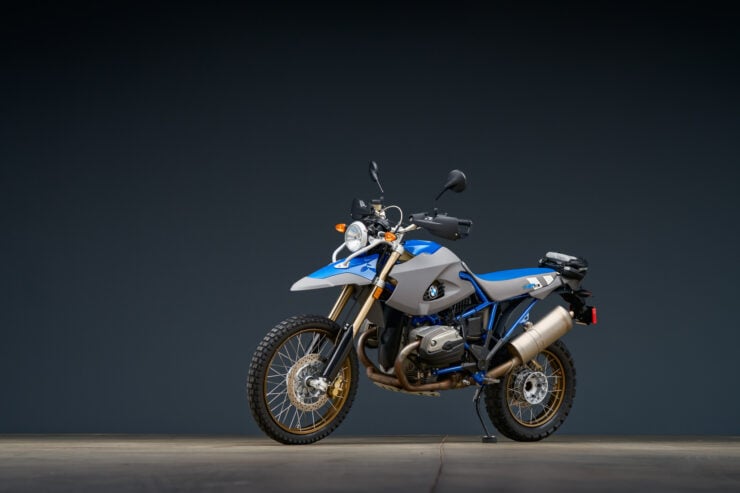
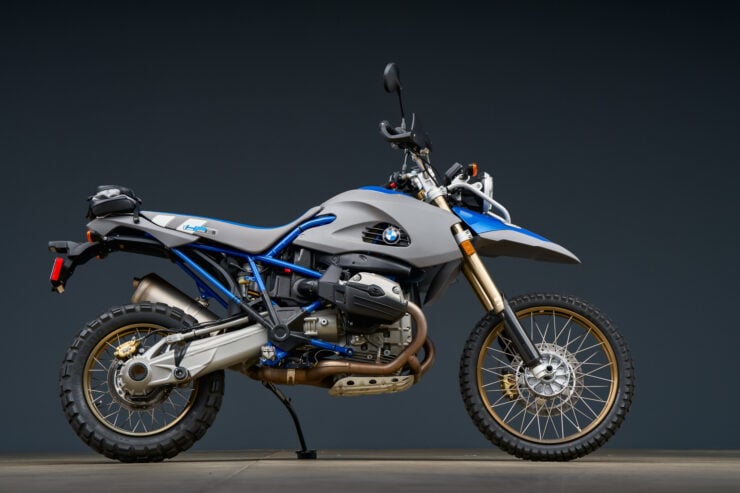
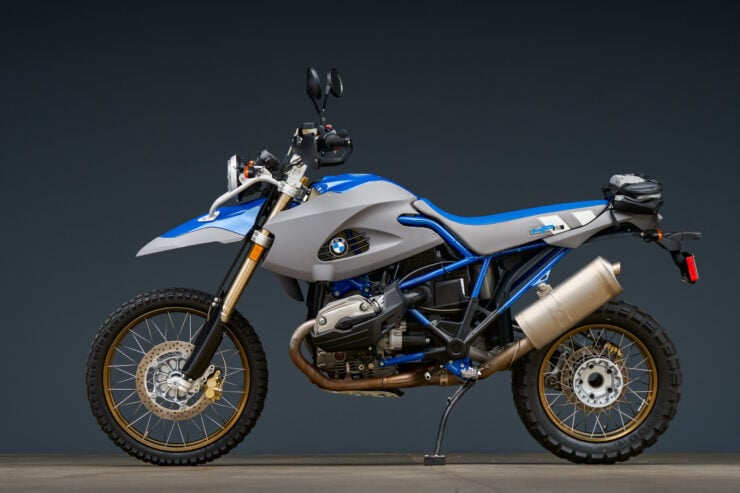
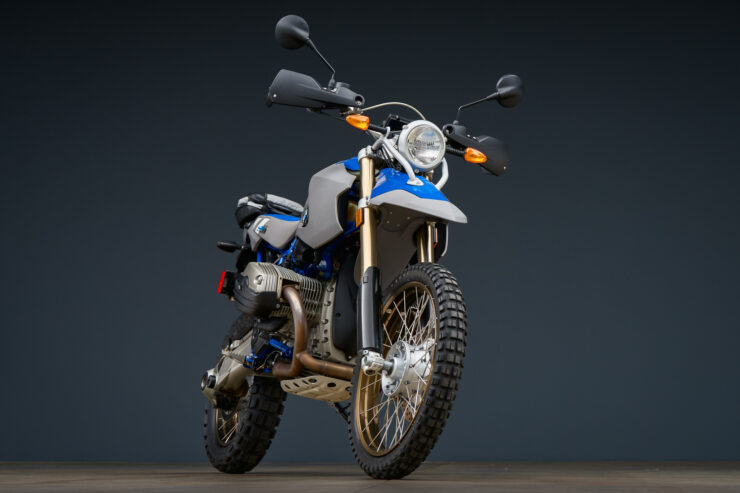
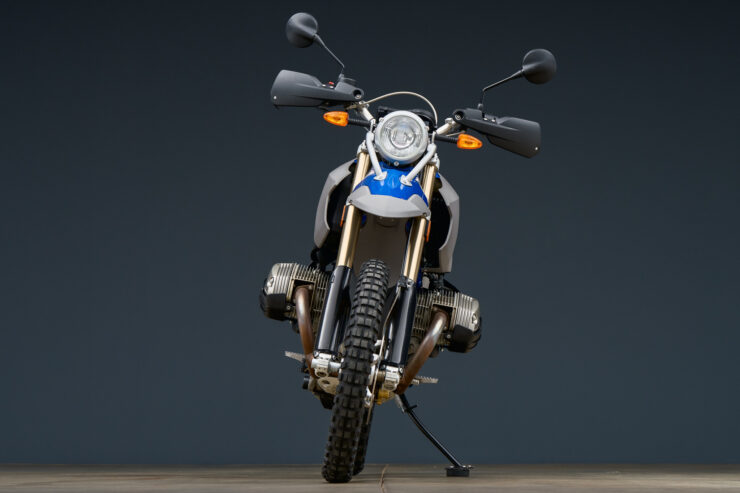
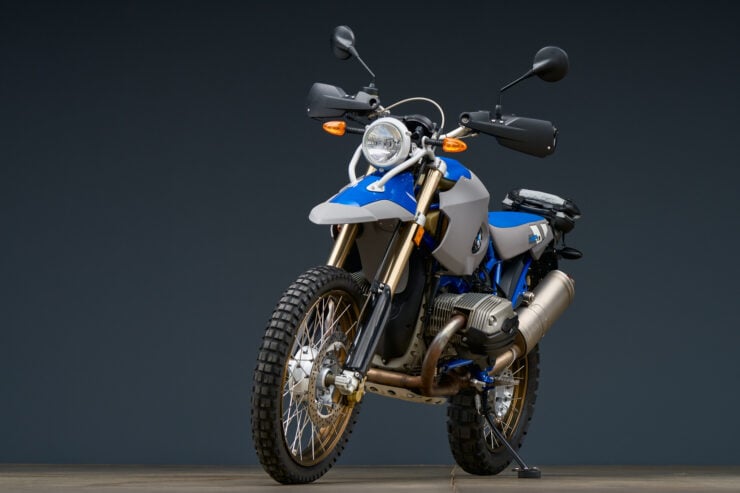
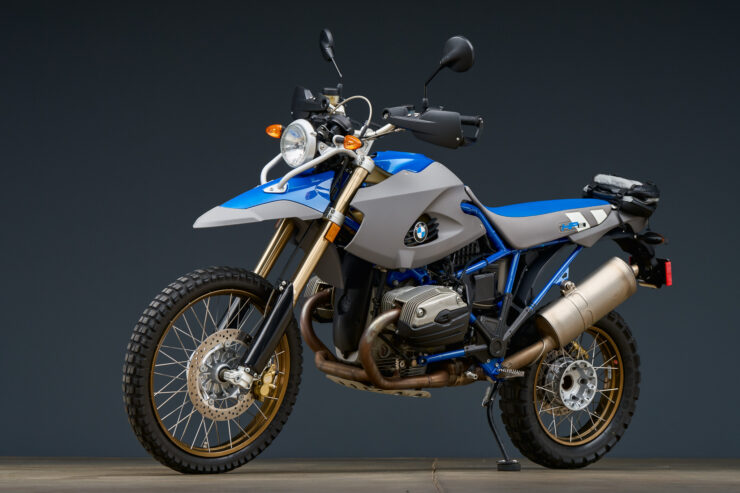
Images courtesy of Bring a Trailer.

Articles that Ben has written have been covered on CNN, Popular Mechanics, Smithsonian Magazine, Road & Track Magazine, the official Pinterest blog, the official eBay Motors blog, BuzzFeed, Autoweek Magazine, Wired Magazine, Autoblog, Gear Patrol, Jalopnik, The Verge, and many more.
Silodrome was founded by Ben back in 2010, in the years since the site has grown to become a world leader in the alternative and vintage motoring sector, with well over a million monthly readers from around the world and many hundreds of thousands of followers on social media.

